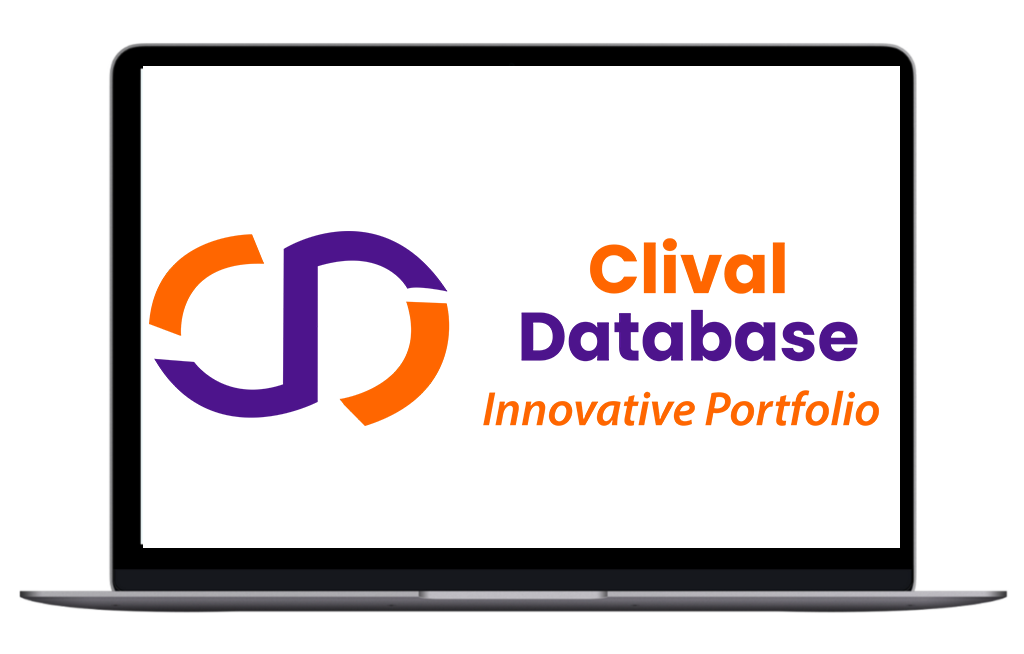Phase I drugs: Drug formulations in the lab to human testing
Phase I clinical trials are the first time that new drugs and therapies for humans is tested, making it the very first time a scientific idea is tested in the body of a human. Formulation development, ie the preparation of the drug for its first encounter with humans in some kind of dosage form is as important as what the drug is. It is a critical point in which the promise of a new therapy can be fulfilled or dashed.
The "Why" What We Want to Achieve with Phase 1 Formulations
Phase 1 trials’ primary purpose is to ensure that a new drug can be given safely to humans and what it does in the body. Key objectives include:
- Safety Evaluation: Determination of the safety profile of the drug and recording of adverse events.
- First choice of dose: Defining the range of optimal dosage.
- K drug's absorption, distribution, metabolism and excretion (ADME). pharmacokinetics (PK): Mapping the drug's absorption, distribution, metabolism and excretion (ADME).
- HC: making sure there is enough of the drug to exert an effect.
- Trial Development Work: Building a solid foundation for future trials.
Formulators face the challenge of managing several parameters such as dose flexibility, solubility, stability, excipient choice, variety in terms of cost and logistics of delivery. First-phase drugs tend to be simple (e.g., encapsulated drugs, dissolved drug) for their speed and economy.
Historical Evolution of Drug Formulation
Pre-1970s (The Wild West)
Features a free form of delivery either as sterile solution or hand-filled capsules. Focus was on Core safety without too much polish. Regulation was less stringent and drug availability frequently insufficient, requiring the development of a quick fix technique.
1970s-1990s (Science Gets Serious)
As the disciplines of biopharmaceutics and pharmacokinetics evolved, so did an increased understanding of how drugs act within the body. Preformulation studies gained significance in the knowledge of drug attributes. Bioavailability was born and Good Manufacturing Practices (GMP) brought order and quality managment.
Read Article: Developing Formulations for Phase 1 Clinical Trials
Modern Age (From the early 21st century on)
Marked by sophistication and innovation.
- Overcoming Solubility Challenges: Lipid formulations and size reduction are next-generation methods applied to poorly soluble drugs.
- Data-Driven Design: High-end models and AI are used, not trial-and-error.
- Formulations for adaptability: Products are designed to grow and evolve as more information is obtained about the drug.
- Patient-Centricity: More and more consideration is made to take the patient perspective into account in the design process.
Current paradigms for early-phase formulation
The “Golden Rules” The present procedure goes by four rules:
- Safety & Data Driven: Collection of sound safety and PK data is the first order of business.
- Flexibility of Dose: Formulations should be designed such that the dose may vary widely.
- Enhancing Absorption: It is the enhancement possibilities of dissolution and absorption by nanotechnology, pH modification, and special lipids among others.
- Trial Stability: Drug stability must be guaranteed across the entire trial period.
- Simplicity & scalability: Focus on simplicity and low cost (Phase 1), while bearing in mind scalability for the future production.
- Excipient Selection: The selection of biocompatible and chemically compatible excipients.
- Follow GMP: Must be compliant with GMP for small batch.
- Quality by Design (QbD): Quality built throughout the design stage with in-depth knowledge of all process steps.
- Team Work: Unreplaceable partnership between scientists,clinicians and regulators.
Challenges and Controversies in Formulation of Phase 1
Even with further progress, challenges remain and raise ethical concerns:
Formulation Headaches:
- Struggle for Solubility: Low aqueous solubility is still a significant hurdle to achieve drug uptake.
- Stability: Keeping drugs potent in the face of threats like heat, light and humidity is tricky.
- Dose Uniformity: It is difficult to obtain uniformity over a large dose range, particularly in liquid preparations.
- Preclinical vs. Clinical Divide: Differences between animal and human outcomes can hinder development and scaling-up.
Broader Phase 1 Controversies:
- "Guinea Pig" Problem: Principled doubt regarding the absence of direct therapeutic benefit to healthy volunteers challenges calculation of acceptable risk--benefit ratio.
- Hope Versus Reality: Patients with life-threatening illnesses may have unrealistic views of therapeutic benefit.
- Informed Consent: it is essential to verify that participants truly understand the risks, particularly in complex medical circumstances or when a person is desperate.
- Design of Trials: Discussions have focused around how careful we should be and the acceptance of new, adaptive trial designs by regulators.
Future Innovations in Drug Formulation
The next frontier of drug formulation is ripe for disruption:
Technological Advancements:
- AI & Machine Learning: AI based design for predicting drug behaviour, excipients optimization and personalized treatments is expected to accelerate the pace of development by greater efficiency in the future.
- Nanotechnology: Tissue-selective carrier systems may increase effectiveness, decrease off-target activity, and improve solubility of the active moieties.
- 3D Printing – personalised and bespoke dosages produced as needed for the emerging field of personalised medicine.
Emerging Trends:
- Personalized Medicine: Therapy selectively combined with an individual genetic/biochemical profile for more effective therapy and fewer side effects.
- Bioavailability: Further development of newer liquid and solid dosage forms to achieve better drug absorption.
- Patient-First Formulations: These are formulations designed to make it easier for the patient to take medication (e.g., single pill combinations, extended release products).
- Advanced Manufacturing: Tools like continuous manufacturing and digitalization increasing efficiency, accessibility.
- Adaptive Trial Designs: Flexible trial designs that can be adapted based on data to speed development and conserve resources.
- Decentralized Trials: PPDn@home side of trials (technology wearables, remote monitoring) to Improve patient access and data collection.
Conclusion: The Critical Importance of Formulation Scientists
1 REQUIREMENTS_PHASE 1 Systems Inspection Packing and Sending Dosing FormulationsFormulation TASK The journey between a potentially life-changing treatment concept - the molecule - and its realization as a commercialized medicine is complex.PROCESS290 / CHAPTER NINE PHASE 1 FORMULATION DEVELOPMENT has become an active,and critical area. It represents a synergy of science, ethics, and vision. The formulator is perpetually building the science and technology to speed progress while improving safety, offering indispensable support in the journey from bench to man.
Frequently Asked Questions

Optimize Your trial insights with Clival Database.
Are you exhausted from the uncertainty of trial insights pricing? Clival Database ensures the clarity in the midst of the global scenario for clinical trials to you.Clival Database is one of the best databases that offers an outstanding number of clinical trial data in terms of 50,000+ molecules and from primary regulatory markets as well as new entrants like Indian and Chinese markets.
Elevate your trial success rate with the cutting-edge insights from Clival database.
Check it out today and make more informed sourcing decisions! Learn More!







